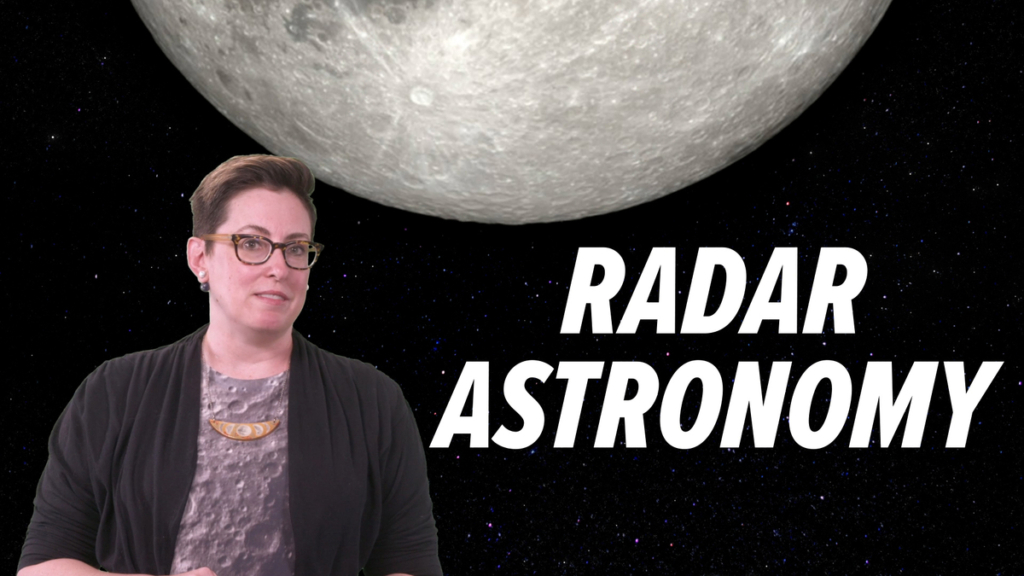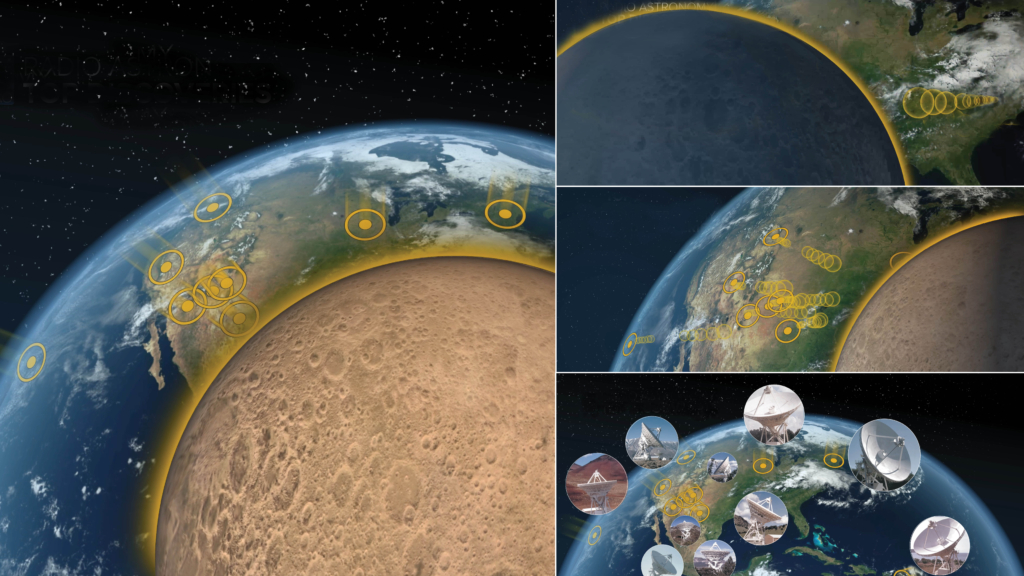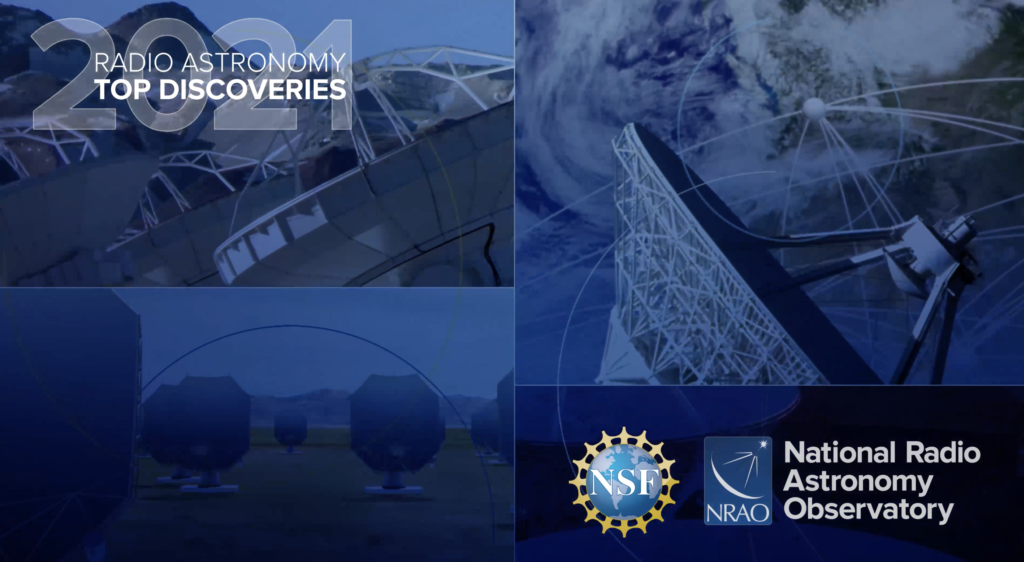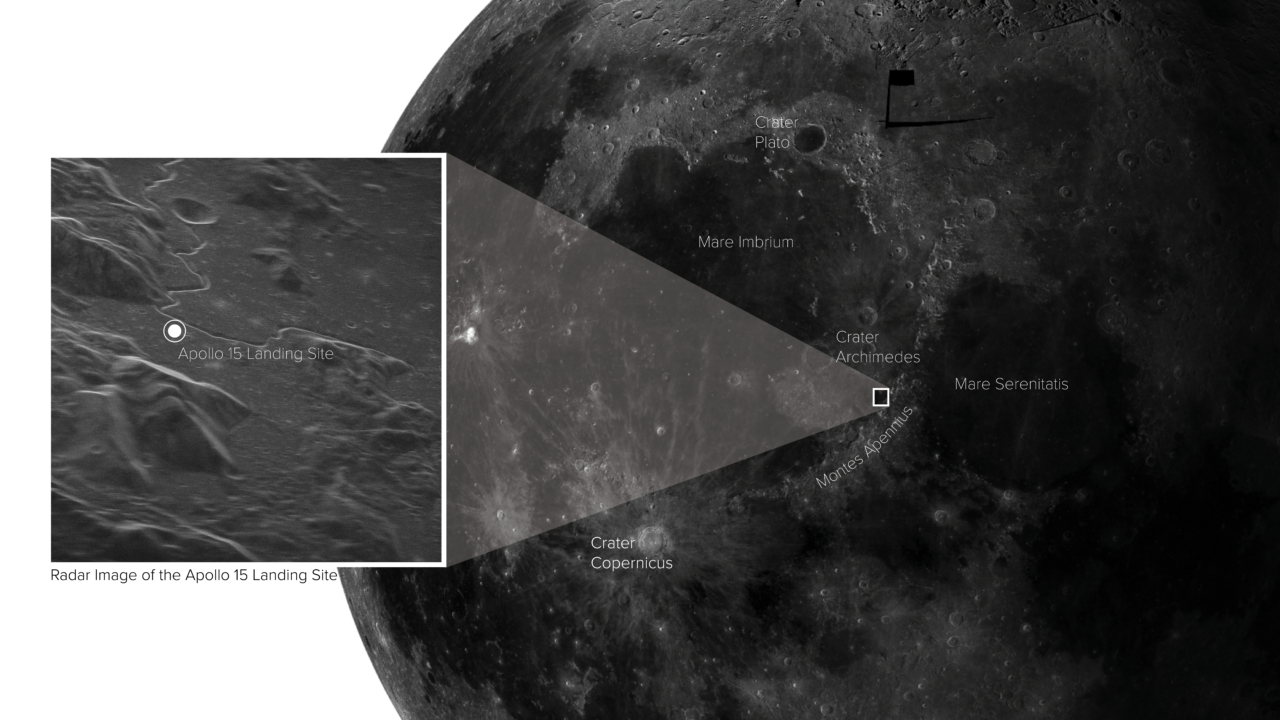
Radio astronomers usually learn about the universe by passively observing the sky. But sometimes radio astronomy can be a bit more active. Join our host Summer Ash of the National Radio Astronomy Observatory as she talks about how astronomers can use radar to understand our astronomical neighbors in new and interesting ways.
The post The Baseline #12: Planetary Radar— Shining Light On Our Nearest Neighbors appeared first on National Radio Astronomy Observatory.


